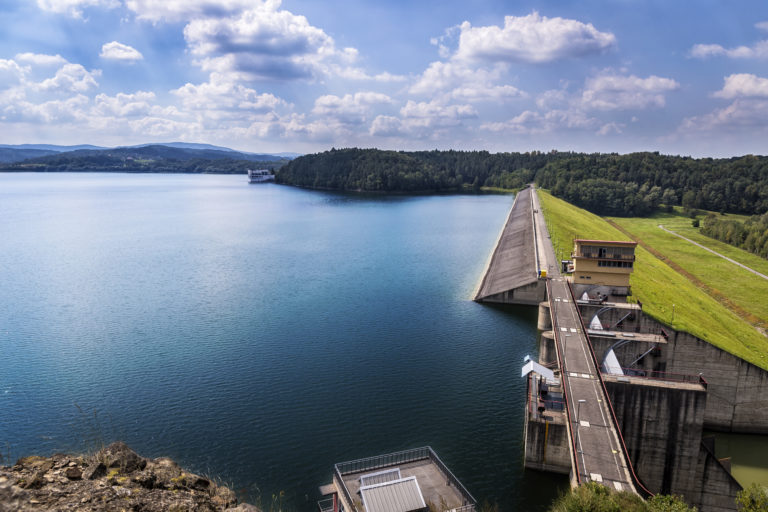heading

Aiyaan Faisal is a grade twelve student from Winnipeg, Manitoba, Canada. His interests include academics, community service, and physical activities. Aiyaan has participated in many science fairs and has attended the Canada Wide Science Fair four times. As for community service, Aiyaan has been a part of his school’s student council for five years, serving as school president during the 2023-2024 school year during which he worked to organize events and charity drives. Aiyaan has been a member of his school’s track and field team since the seventh grade, and ran an accidental half marathon in 2024. He is currently researching using deep neural networks to predict changes in evaporation over Lake Winnipeg due to climate change.
Tell us what the water concern in your country is!Climate change is altering precipitation patterns, increasing the frequency and intensity of droughts. This has, in turn, caused wildfire seasons to grow out of control. Drought conditions have also rendered western provinces susceptible to water scarcity, with British Columbia experiencing its impacts on urban water supplies and agricultural irrigation.

Out of the Deep End: Assessing the Impacts of Climate Change on Lake Winnipeg’s Evaporation with Neural Networks
Climate change often evokes flooding, forest fires, or melting ice caps. However, one invisible but significant impact is increased evaporation from large lakes, impacting recreation, fishing, irrigation, and hydropower. 97% of Manitoba’s electrical production comes from hydropower dams, which is threatened by increased evaporative losses from reservoirs due to rising temperatures. While evaporative losses currently account for 15-20% of annual storage, inadequate weather data hinders accurate estimates. Deep Neural Networks offer a solution to this gap, by allowing the modelling of evaporation with fewer variables while maintaining accuracy similar to direct measurements. My study indicates under severe climate change that Lower Lake Winnipeg’s monthly mean evaporation may increase between 12-80%, which has significant implications for hydropower generation.

